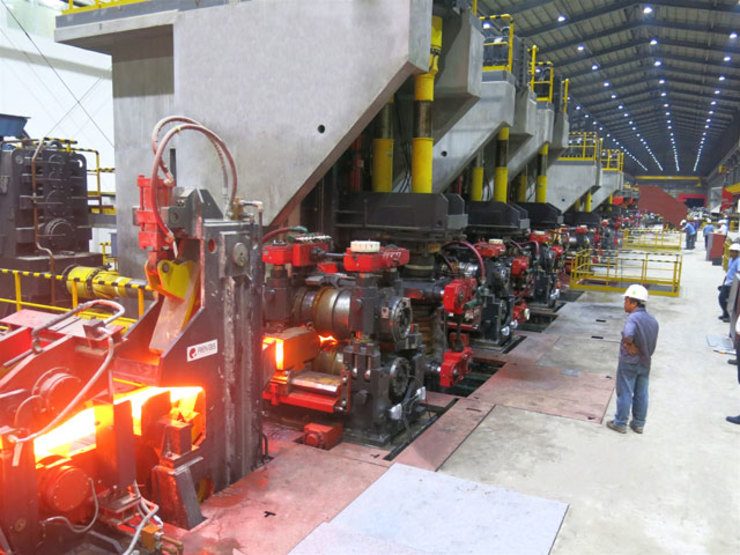SUMMARY
This is AI generated summarization, which may have errors. For context, always refer to the full article.

MANILA, Philippines – Philippine merchandise exports grew by 9% in 2014, the National Economic and Development Authority (NEDA) reported on Tuesday, February 10.
The strong finish offset the 3.2% drop in December’s merchandise exports due to lower outbound shipments of manufactures, total agro-based, and petroleum products.
The Philippines export performance in November 2014 hit a record high of 19.7%, outperforming again the People’s Republic of China.
In September 2014, the country’s merchandise exports growth was 15.7%, versus China’s 15.3%.
To date, the Philippines’ export performance was at its most sluggish in October at 2.9%.
Compared to other economies in the region, the Philippines’ full-year exports growth performance is a good indication of the growing resiliency of the sector given that economies in the Euro zone, Japan, and China remain sluggish, said Socio-economic Planning Secretary Arsenio M. Balisacan.
December decline
Total revenue from Philippine exports declined to $4.8 billion in December 2014 from $5 billion in December 2013.
However, total sales receipts for 2014 rose to $61.8 billion from $56.7 billion in 2013.
Export earnings from manufactured goods reached $4.18 billion in December, down from $4.23 billion registered in December 2013.
Such decline can be traced to year-on-year drops in other manufactured products, wood manufactures, and electronic equipment and parts.
But outbound sales of electronic products, machinery and transport equipment, garments, miscellaneous manufactured articles, and chemicals remained buoyant, said Balisacan, who is also NEDA director-general.
With an increasing global demand for electronic products such as mobile phones and automobiles, the industry is seen to grow between 6%-8% in 2015, according to the Semiconductors and Electronics Industries in the Philippines Incorporated (SEIPI).
Meanwhile, the outward sales of other agro-based products reached $81.7 million – higher by 10.2% compared to $74.2 million in December 2013.
But the decline in coconut oil exports drove outward shipments from coconut products to drop from $145.1 million in December 2013 to $79.5 million in the same period in 2014.
Likewise, sluggish outturns in coconut products and sugar products pulled down revenues from total agro-based products by 24.9% from $388.7 million in December 2013 to $291.8 million in December 2014.
Manufacturing resurges
The manufacturing sector showed a 7.5% growth in 2014, the Philippine Statistics Authority’s (PSA) latest Monthly Integrated Survey of Selected Industries (MISSI) report showed.
The Philippine manufacturing sector is on a “catch-up phase,” NEDA said.
“Expectations remain high in the first quarter of 2015 due to brighter job prospects, stable prices of commodities, and higher household incomes,” said Balisacan.
The growth potential of the sector will be further harnessed through the effective implementation of the Manufacturing Resurgence Program (MRP) by various national agencies.
MRP is expected to rebuild the domestic production base and improve competitiveness through innovation in order to compete in the export market.
Also in December, the Volume of Production Index (VoPI) grew by 7.5% and Value of Production Index (VaPI) by 4.2%, owing to robust domestic and sustained exports demands for certain products and services such as printing, beverages, basic metals, wood, and wood products.
Tempering growth
For 2015, the government is warning of a possible slight tempering in the exports sector given weakness in China, and Euro deflation.
If the US recovery continues and a respite for Japan’s economy happens, an economic expansion toward end-2015 could be realized, said Balisacan.
Apart from external factors, the government needs to be mindful of infrastructure bottlenecks, and stability of energy supply likewise needs to be ensured in order to foster a steady business environment, Balisacan said.
Japan remains as the top destination of Philippine-made goods accounting for 21.2% of total revenues from merchandise exports during the period.
The US continues to be in second spot with 14.1% share, and the People’s Republic of China with 11.4%, NEDA reported. – Rappler.com
Add a comment
How does this make you feel?
There are no comments yet. Add your comment to start the conversation.